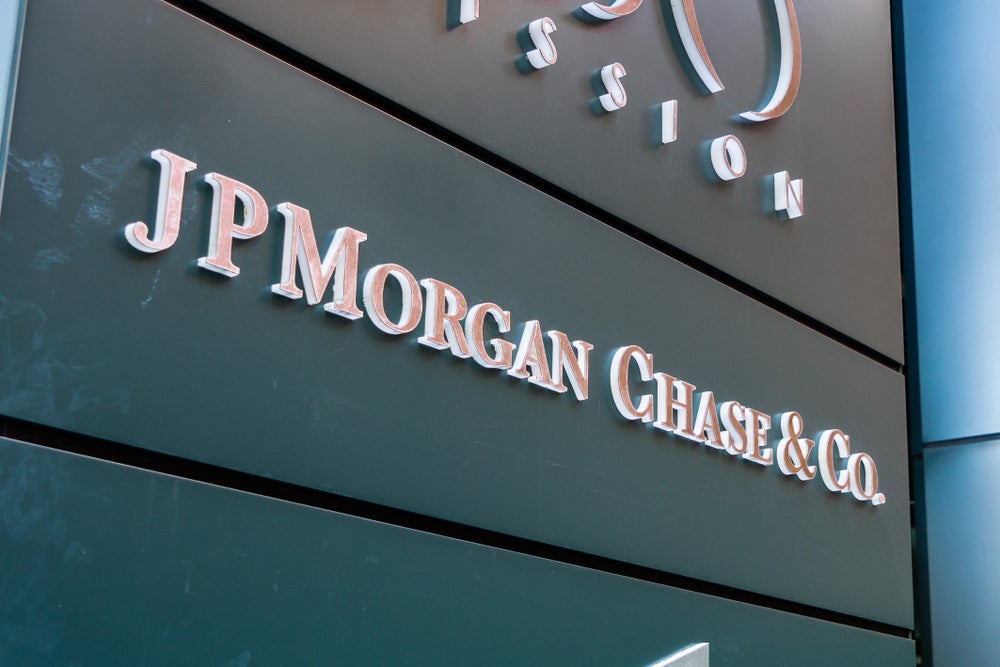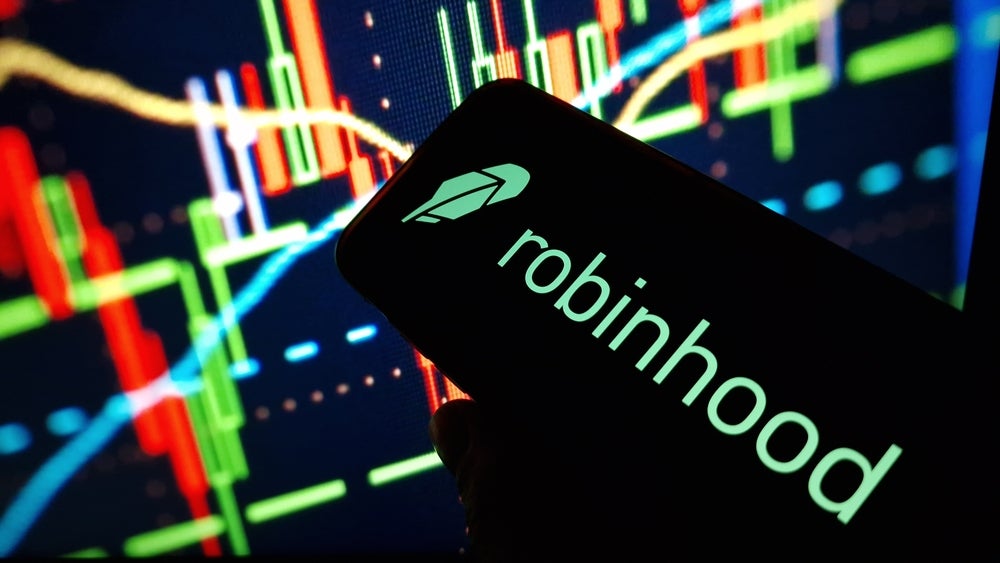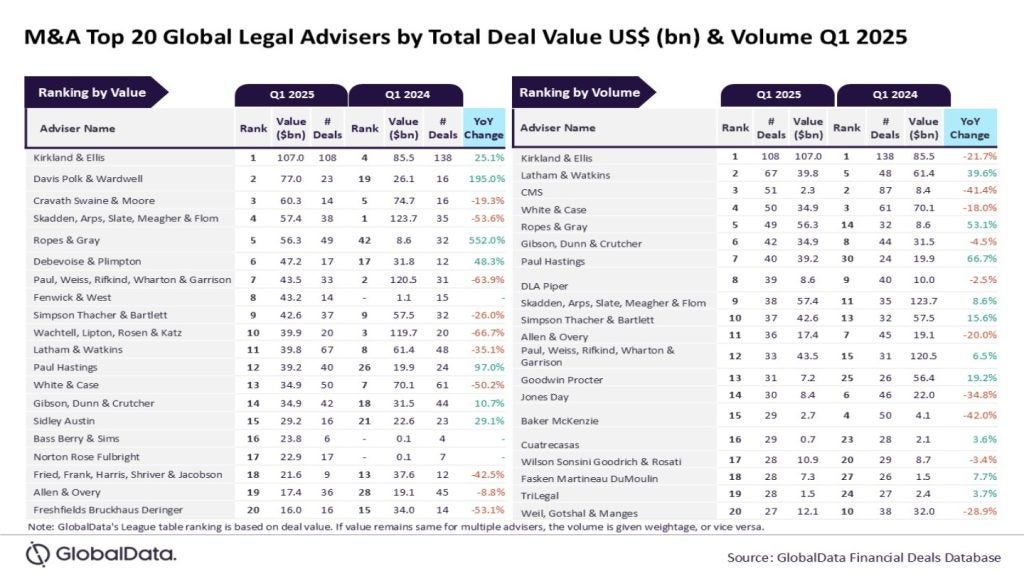
Net income for JPMorgan Chase’s asset and wealth management arm (AWM) in Q2 2021 was $1.2bn, 74% up year-on-year.
In addition, net revenue was $4.1bn, a rise of 20% year-on-year. This was attributed to higher management fees and growth in deposit and loan balances. However, this was partially offset by deposit margin compression.
Assets under management (AuM) totalled $3trn in Q2 2021 for JPMorgan, a 21% increase year-on-year.
Managed net revenue for the bank as a whole was $31.4bn, down 7%, and net income was $11.9bn, a $7.3bn increase from Q2 2020. This was pushed by credit reserve releases of $3bn compared to builds of $8.9bn in the year before.
Furthermore, noninterest revenue was $18.5bn, a decrease of 7%, due to lower CIB Markets revenue and $678, of markups on held-for-sale positions in the bridge book recorded in the previous year.
Consumer and community banking net income was $5.6bn, an increase of $5.8bn year-on-year from the loss of $176m in Q2 2020.
Jamie Dimon, Chairman and CEO, said: “JPMorgan Chase delivered solid performance across our businesses as we generated over $30bn in revenue while continuing to make significant investments in technology, people and market expansion. This quarter we once again benefited from a significant reserve release as the environment continues to improve, but as we have said before, we do not consider these core or recurring profits. Our earnings, not including the reserve release, were $9.6bn. Consumer and wholesale balance sheets remain exceptionally strong as the economic outlook continues to improve. In particular, net charge-offs, down 53%, were better than expected, reflecting the increasingly healthy condition of our customers and clients.”
He added: “In Consumer & Community Banking, combined debit and credit card spend was up 45%, or up 22% versus the more normal, pre-pandemic second quarter of 2019. We saw accelerating growth across categories including in travel and entertainment, which returned to growth in June, up 13% vs. 2019. Originations in Home Lending, up 64% to $40bn, and Auto, up 61% to $12bn, remained very strong. However, CCB loans were down 3% reflecting elevated prepayments in mortgage and lower Card balances. Deposits were up 25%, and investment assets were up 36%, driven by market appreciation and positive net flows. In the Corporate & Investment Bank, Global IB fees are at an all time high of $3.6bn, up 25%, driven by an active M&A market as well as acquisition financing in DCM. Markets revenue, down 30% compared to a record last year, was up 25% versus 2019 on strong client activity. Similarly, Commercial Banking earned gross IB revenue of $1.2bn, up 37%. In Asset & Wealth Management, AuM of $3trn grew 21% driven by higher asset values and strong net inflows, and loans were up 21% primarily driven by securities-based lending.”






